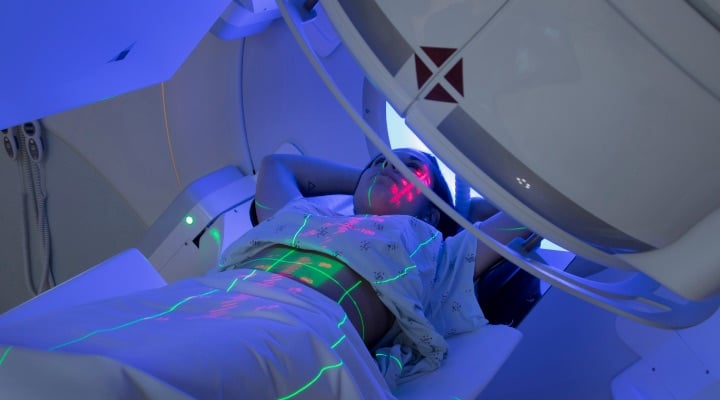Emerging Cancer Treatments
By Kristi Bohn
Health Watch, October 2021

On July 19, 2021, the Health Section and the Reinsurance Section of the Society of Actuaries (SOA) cohosted a webinar titled “Modeling the Financial Effects of Emerging Cancer Treatments,” which provided an overview of rapidly evolving cancer therapies, including cell therapies (CAR Ts), gene therapies and specialty drugs.
Ian Smith, an actuary working as the director of pharmacy advisory services at Optum, set the stage by speaking of the increased frequency of high-cost claims that many health plans are now seeing in the cell therapy and gene therapy categories, claims that are affecting overall health plan trends. Five cell therapies are already approved in the United States to treat blood cancers, including certain forms of lymphoma, leukemia and multiple myeloma. At least one more blood cancer CAR T is expected to be approved this year, and many of those already in use are seeking approval for use in earlier stages of cancer. Many clinical trials are also underway for cell therapies to treat solid tumors. At this point, many of the CAR Ts cost between $375,000 and $450,000. In the near future, “off-the-shelf CAR Ts”—cell therapies developed from donors rather than the patient’s own cells—may be available. These cell therapies offer improved delivery timing, reduced hospital stays, manufacturing efficiencies and (hopefully) improved affordability. For now though, taking into account the related hospitalization and physician costs and the treatments sought before or after the cell therapy process, it is not unusual to encounter patients whose cell therapy cost $600,000 to $800,000 in the year it was administered. These are relatively high costs for cancer patients, but somewhat in line with the cost levels and timing patterns we see for bone marrow transplants. A bone marrow transplant is still an alternative for many patients who are also eligible for cell therapy, and depending upon the success of their initial treatment, some patients will seek both treatments in their lifetime.
Several gene therapies for cancer may obtain Food and Drug Administration approval soon, including those for certain forms of melanoma and bladder cancer.
Outside of cell and gene therapies, the webinar discussed specialty drugs that have particularly high annual costs, including treatment for relapsed or refractory peripheral T-cell lymphoma that is just under $1 million and a recently approved treatment for plastic plasmacytoid dendritic cell neoplasm that, if the patient tolerates it and survives, could cost a plan more than $2 million a year.
In terms of specialty drugs, the webinar showcased information from the publicly available (and free) database published online by the Centers for Medicare & Medicaid Services (that is, the Medicare Part B and Part D dashboards) in order to illustrate how the cancer category has been the consistent major contributor to high trends in the specialty drug category. We discussed unit cost trends and utilization trends specific to some of the more common cancer drugs, as well as the roles that orphan designation, patent expiration and competition from biologics have had and may have going forward in cancer treatment.
I provided an overview of the cancer-related cost effectiveness studies that the Institute for Clinical and Economic Review (ICER) has conducted and a brief overview of ICER’s goals and methods. Aside from the interesting studies ICER has performed on several of the cell therapies, of particular interest to actuaries concerned about pharmacy trends is an annual report series that ICER publishes. The first report was titled “Unsupported Price Increases Occurring in 2019.”
Our final panelist was Tom Dow, a biostatistician who works for Emerging Therapy Solutions (ETS) as the vice president of business development and analytics. Tom turned our focus to modeling cell therapies with a case study on the financial implications of multiple myeloma. The financial effect on smaller health plans of this one cell therapy alone can be drastic. For example, his model showed that while the risk is low in a year (somewhere around 2 percent), a health plan of 1,000 people may have a $100 per-member-per-month claims impact if one member were to use the cell therapy. Even large entities should take note of the need to model emerging cancer therapies such as CAR T, as the trend impacts are material.
If you are interested in learning more about emerging therapies in cancer and beyond, I recommend ICER, EndPoints News, STAT, and Fierce Pharma as excellent resources to follow.
Kristi Bohn is vice president, lead actuary for HealthCare Excess at RGA U.S. Group Reinsurance, where she is responsible for pricing. She can be contacted at kristi.bohn@rgare.com.
